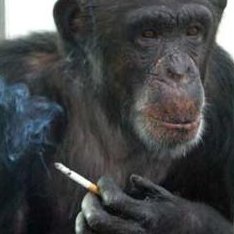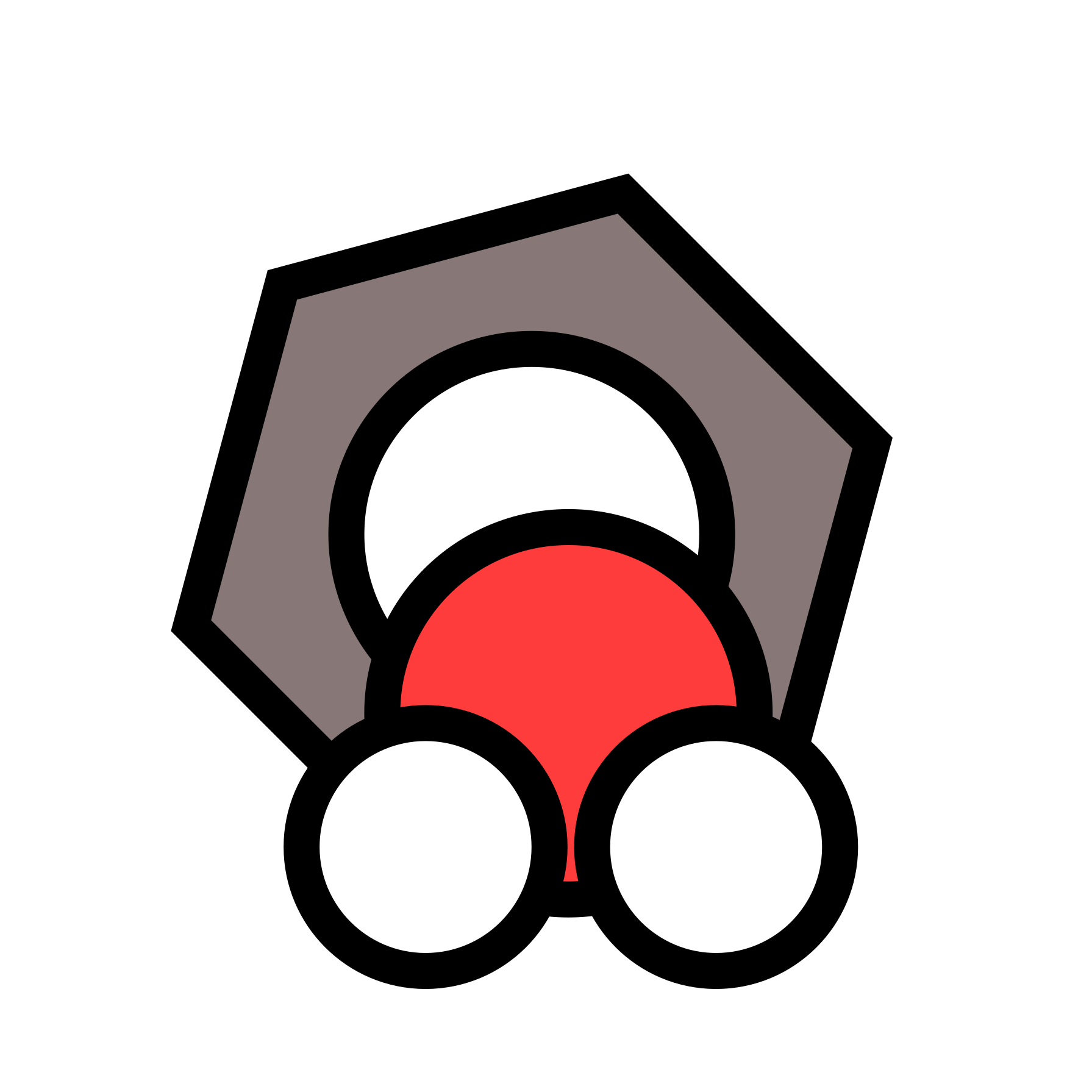This is not some sort of fancy new development, but it’s such a classical experiment that it’s always worth sharing IMO. Plus it’s fun.
When you initially mix both solutions, nothing seems to happen. But once you wait a wee bit, the colour suddenly changes, from transparent to a dark blue.
There are a bunch of variations of this reaction, but they all boil down to the same things:
- iodide - at the start of the reaction, it’ll flip back and forth between iodide (I⁻) and triiodide ([I₃]⁻)
- starch - it forms a complex with triiodide, with the dark blue colour you see in the video. But only with triiodide; iodide is left alone. So it’s effectively an indicator for the triiodide here.
- some reducing agent - NileRed used vitamin C (aka ascorbic acid; C₆H₈O₆), but it could be something like thiosulphate (S₂O₃²⁻) instead. The job of the reducing agent is to oxidise the triiodide back to iodide.
- some oxidiser - here it’s the hydrogen peroxide (H₂O₂) but it could be something like chlorate (ClO₃⁻) instead. Its main job is to oxidise the iodide to triiodide. You need more than enough oxidiser to be able to fully oxidise the reducing agent, plus a leftover.
“Wait a minute, why are there a reducing agent and an oxidiser, doing opposite things? They should cancel each other out!” - well, yes! However this does not happen instantaneously. And eventually the reducing agent will run dry (as long as there’s enough oxidiser), the triiodide will pile up, react with the starch and you’ll get the blue colour.
Here are simplified versions of the main reactions:
- 3I⁻ + H₂O₂ → [I₃]⁻ + 2OH⁻
- [I₃]⁻ + C₆H₈O₆ + 2H₂O → 3I⁻ + C₆H₆O₆ + 2H₃O⁺
(C₆H₆O₆ = dehydroascorbic acid) Eventually #2 stops happening because all vitamin C was consumed, so the triiodide piles up, reacts with the starch, and suddenly blue:

Nice! Love a good clock reaction. Didn’t realize that a bottle of iodine disinfectant from the pharmacy could be used as the source of iodide with no purification. Might have to try this one out myself…
Didn’t realize that a bottle of iodine disinfectant from the pharmacy could be used as the source of iodide with no purification
Yup - this take on the clock reaction only uses household chemicals. The same youtuber has a longer albeit older video about it, with amounts and better instructions.


